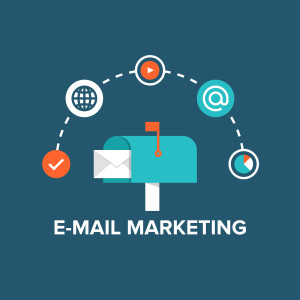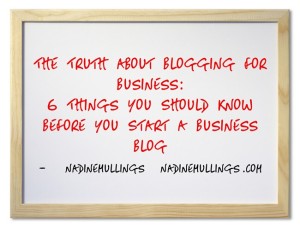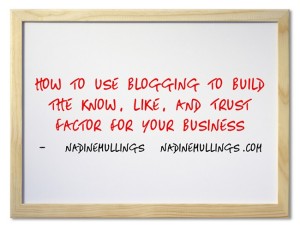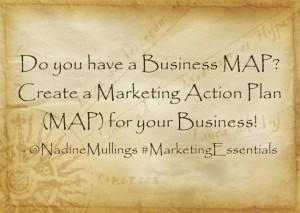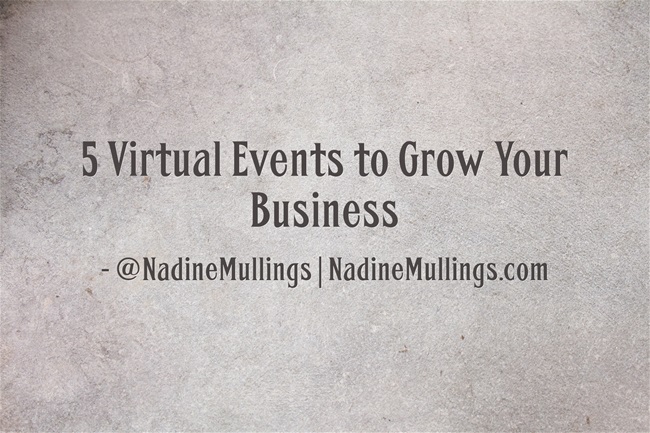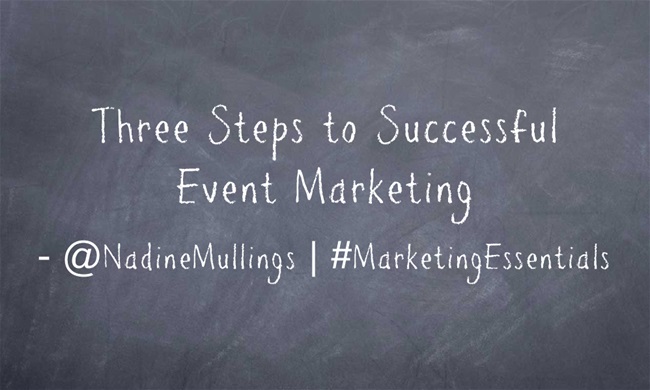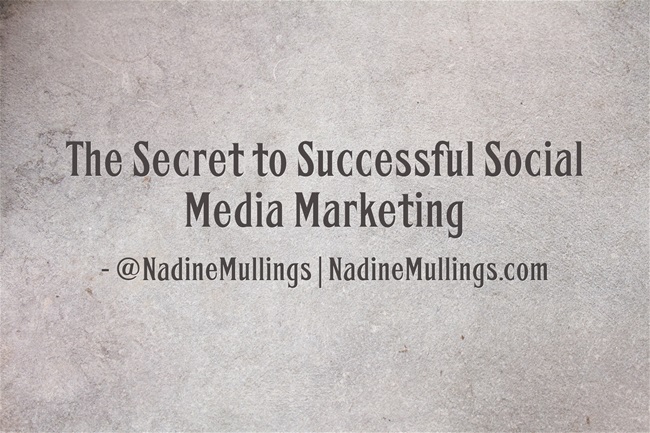 Most business owners, coaches and consultants know that social media marketing has become an important part of a company’s marketing mix. However, it can be difficult to successfully market your business on social media with all the noise and clutter on the various social media networks, so how can you successfully market your business on social media?
Most business owners, coaches and consultants know that social media marketing has become an important part of a company’s marketing mix. However, it can be difficult to successfully market your business on social media with all the noise and clutter on the various social media networks, so how can you successfully market your business on social media?
In this blog post, I will reveal the secret to successful social media marketing for business owners, coaches and consultants.
The secret to successfully marketing your business on social media is…….. to know your audience and to have a social media marketing plan.
You have to think of social media as a tool that you can use to help serve your target audience by publishing amazing content that resonates with your audience, and less about promoting your business on the platform.
The first step to any successful social media marketing effort is to create a social media marketing plan. Your plan should include the following key elements:
- A definition of your ideal target audience
- The purpose of your social media marketing campaigns
- Your social media marketing goals
- The best social media platforms for your business
- Your content and engagement strategy
- Your content calendar.
Once you have created your social media marketing plan, then the secret is to consistently publish content that resonates with your target audience. The rule of thumb is to make sure that your content is 80% Entertaining/Conversational/Educational, and only 20% Promotional.
Entertaining post can be humorous posts that your audience can relate to. A great website for humorous posts is somecards.com. On this website you can find humorous cards that may resonate with your target audience and post it on social media. For example, now that spring has officially started, a humorous post would be something like the one listed below:

Humorous posts like this can spark engagement from your audience.
Conversational posts are a really great way to connect with your audience. Asking questions that your audience would be interested in answering can spark conversation and engagement for your post.
Filling in the blank statements are also a great was to initiate conversation with your audience. If the filling in the blank is interesting enough for your audience, they would be interested in filling in the sentence.
As a business owner, coach of consultant, you are very knowledgeable about your field so having Educational posts not only helps to educate your audience on your topic, but also helps to showcase your expertise. Publishing posts of your blog, and relevant articles, tips, tools and techniques on social media works really well. Statistics and Infographics that provide good useful information to your audience also work really well.
However, one of the reasons for being on social media is to get business, so you don’t want to neglect posting some promotional items on social media.
These items can include special deals and promotions you may have going on, but one of the best things you can do on social media is to promote joining your email list.
Although social media is a great tool to build relationships and make connections, it is important to have your social media work hand in hand with your email marketing so encouraging your social media followers to join your email list should be an important part of your social media marketing strategy.
Have you found success on social media? If so, what do you feel has been the secret to your success on social media?
Need help with your social media marketing? Be sure to get your copy of the Top 21 Social Media Marketing Tips
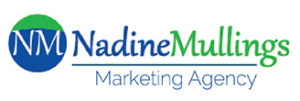

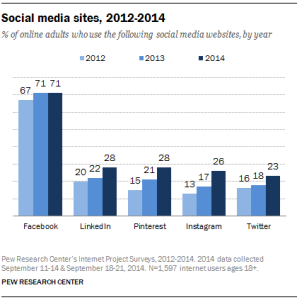
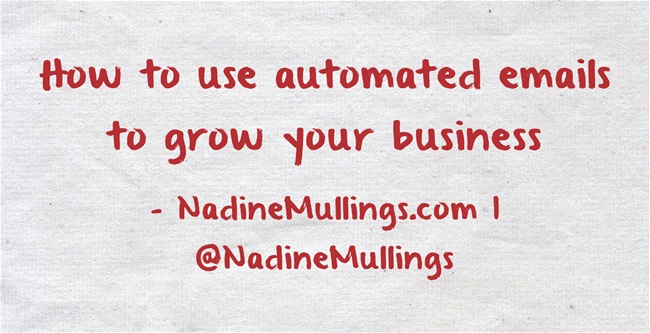 As a small business owner, coach or consultant, email marketing can be a key way to grow your business, but are you using various types of email marketing to grow your business?
As a small business owner, coach or consultant, email marketing can be a key way to grow your business, but are you using various types of email marketing to grow your business?